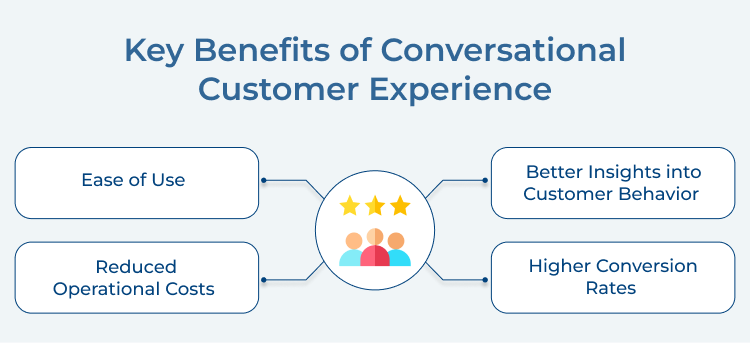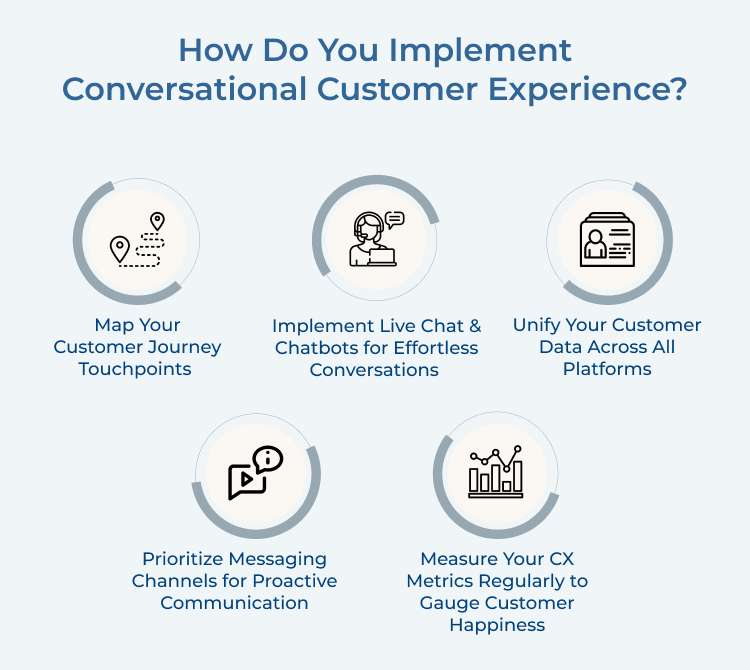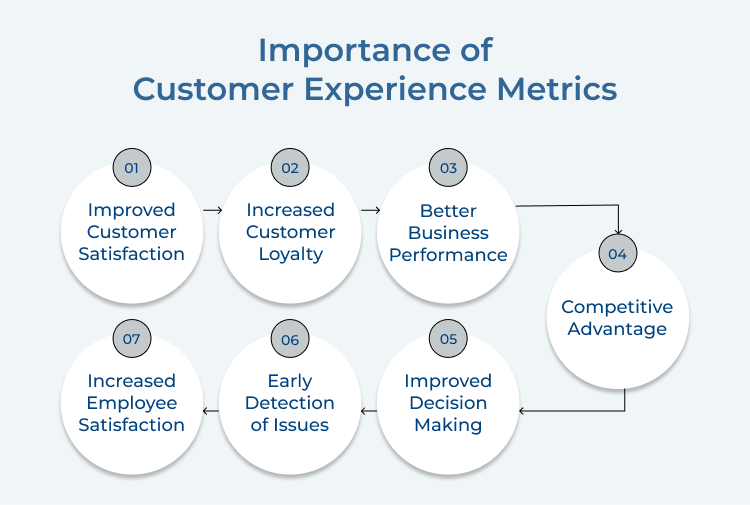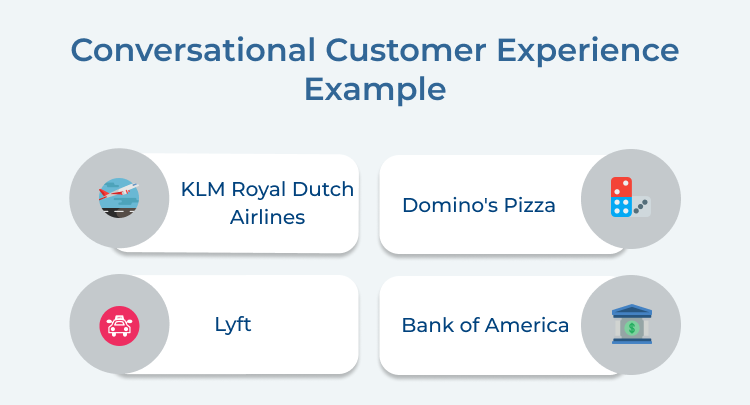KLM Royal Dutch Airlines
KLM Airlines utilizes conversational customer experience through their Facebook Messenger chatbot. Customers can receive flight updates, check-in and even access their boarding passes, all through the messaging platform. This interactive chatbot offers real-time and personalized assistance, making the travel experience more convenient as well as efficient.
Domino’s Pizza
Domino’s Pizza took the conversational customer experience to the next level with their innovative “Domino’s Any Ware” campaign. Customers can order pizza through various conversational channels, including Twitter, Facebook Messenger, voice assistants like Amazon Alexa, and even by using emojis. This multi-channel approach enables customers to order pizza seamlessly, ensuring a convenient experience.
Lyft
The popular ride-sharing company, Lyft, uses conversational customer experience to improve communication with its users. Through a combination of SMS and in-app messaging, Lyft provides real-time updates on ride status, estimated arrival times and even allows customers to engage in conversations with their drivers. This seamless and conversational approach enhances customer satisfaction, as users feel more connected throughout their ride.
Bank of America
Bank of America implemented Erica, an AI-powered virtual assistant, to provide upgraded conversational customer experience in banking. Customers can interact with Erica through the Bank of America mobile app or voice command. Erica assists customers with financial tasks, such as checking balances, scheduling payments and even provides personalized financial guidance. By integrating conversational AI, Bank of America strengthens its customer service and empowers customers with convenient banking solutions.
Final Take on Conversational CX and Its Future
At its core, conversational CX is simply a way of providing personalized customer service, but it goes much deeper than that. It’s a way to offer customers an active engagement in their shopping or service-related experiences through online chatbot or voice-based conversations.
The future of conversational CX looks brighter than ever before as more businesses recognize the significance of engaging with their customers across each interaction. By engaging with customers in real-time conversations, businesses can gather valuable insights into their needs, preferences and expectations effectively.










